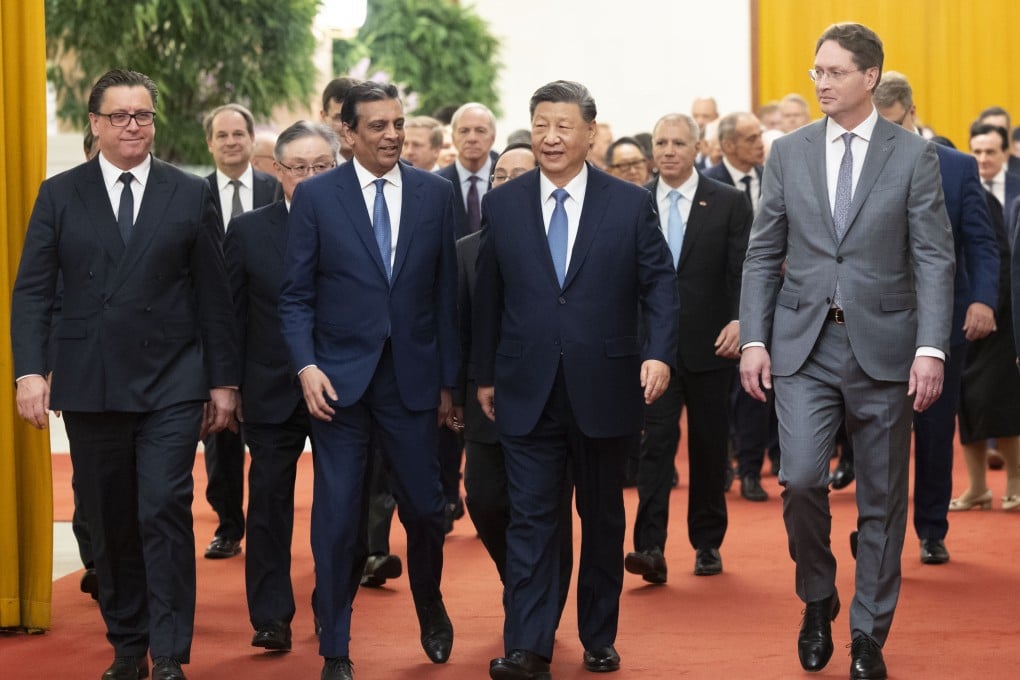Advertisement
Opinion | Can China’s latest charm offensive to reassure foreign business succeed?
While geopolitical factors are critical, the real test for Beijing is in improving its domestic economic environment and boosting consumption
Reading Time:3 minutes
Why you can trust SCMP
0

China’s recent attempts to stabilise foreign investment have involved high-profile action from its top leadership. At two major international forums – the China Development Forum and Boao Forum for Asia – key officials delivered speeches aimed at attracting foreign capital.
In particular, President Xi Jinping also met representatives from the international business community, marking the latest in China’s efforts to reassure foreign investors. Additionally, Beijing released the five detained Chinese employees of a US-based due diligence company, signalling an effort to ease foreign concerns.
But the effectiveness of this latest charm offensive is in question. Economists remain sceptical, partly due to past experience. Last year, after these same two major forums, Xi also met representatives from American business and strategic academic circles. The move was interpreted as a gesture to boost the confidence of US businesses.
Yet China’s actual foreign direct investment (FDI) last year fell by 27.1 per cent to 826.25 billion yuan (US$113.74 billion). FDI fell further in the first two months of this year, down 20.4 per cent year on year.
Since China abandoned its zero-Covid policy in 2023 and reopened its borders, the government has focused on economic recovery. It quickly became apparent that revitalising China’s economy would be impossible without the participation of private enterprises and foreign capital.
While progress has been made in boosting the private sector – with some recovery in confidence – the decline in FDI shows these efforts have not met expectations. The primary reasons are the geopolitical risks stemming from increased US-China confrontation and lingering concerns about China’s policy stability after three years of stringent pandemic controls.
Advertisement
